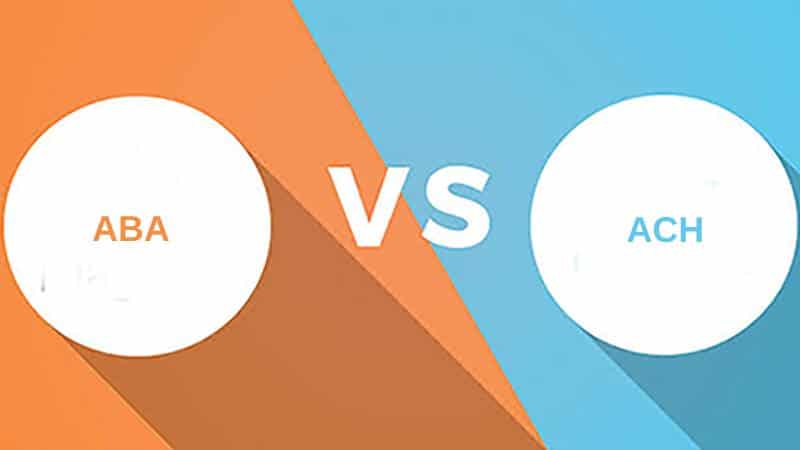Managing Finances Effectively: Accounts Payable vs. Accounts Receivable
Navigating the World of Financial Transactions
In finance and accounting, accounts payable (AP) and accounts receivable (AR) are essential components that help organizations maintain financial stability and track their cash flow. These terms might sound similar, but they serve distinct purposes in a company’s financial operations. In this article, we will explore the differences between accounts payable and accounts receivable, shedding light on their roles, significance, and how they impact the financial health of businesses.
Understanding Accounts Payable (AP)
The Liabilities Side of Finance
Accounts payable, called “payables,” represent the money a company owes to its suppliers, vendors, or creditors for goods and services received but not yet paid. This category falls under the liabilities section of a company’s balance sheet.
Key Aspects of Accounts Payable
1. Debt to Creditors:
- AP represents the outstanding debts that an organization owes to external parties. These debts must be settled within a specified period, called payment terms.
2. Record Keeping:
- Businesses maintain detailed records of their accounts payable to track the amount owed, payment deadlines, and other relevant information.
3. Credit Relationships:
- The management of AP is crucial in maintaining positive credit relationships with suppliers and vendors. Timely payments can help build trust and foster long-term partnerships.
4. Accrual Basis Accounting:
- AP plays a vital role in accrual-based accounting, where expenses are recorded when they are incurred, not necessarily when they are paid.
Example of Accounts Payable
Consider a scenario where a company orders raw materials from a supplier. The supplier delivers the materials and an invoice for $10,000, with payment terms of 30 days. Until the company makes the payment within the specified timeframe, the $10,000 remains in the accounts payable category.
Understanding Accounts Receivable (AR)
The Assets Side of Finance
Accounts receivable, called “receivables,” represent the money owed to a company by its customers or clients for goods or services provided on credit. This category falls under the assets section of a company’s balance sheet.
Key Aspects of Accounts Receivable
1. Revenue Collection:
- AR represents the revenue a company expects to receive from its customers. It reflects the amount owed by customers who have purchased goods or services on credit.
2. Credit Policies:
- Companies establish credit policies to determine the terms and conditions for extending credit to customers. This includes setting credit limits and defining payment terms.
3. Aging Analysis:
- Businesses perform an aging analysis of accounts receivable to categorize outstanding invoices by their age. This helps in identifying and addressing overdue payments.
4. Cash Flow Management:
- AR is crucial in managing cash flow, representing funds expected to enter the company shortly.
Example of Accounts Receivable
Suppose a software company provides software licenses to a client for $20,000, with payment terms of 60 days. Until the client makes the payment within the specified timeframe, the $20,000 remains in the accounts receivable category.
Key Differences Between Accounts Payable and Accounts Receivable
Let’s delve into the key differences between accounts payable and accounts receivable:
Nature
- Accounts Payable (AP): Represents the money a company owes to external parties, such as suppliers and vendors, for goods or services received.
- Accounts Receivable (AR): Represents the money owed to a company by its customers or clients for goods or services provided on credit.
Position in Financial Statements
- Accounts Payable (AP): Falls under the liabilities section of the balance sheet.
- Accounts Receivable (AR): Falls under the assets section of the balance sheet.
Direction of Cash Flow
- Accounts Payable (AP): This represents an outflow of cash when creditors make payments.
- Accounts Receivable (AR): This represents an inflow of cash when customers make payments.
Initiation of Transactions
- Accounts Payable (AP): Transactions are initiated when a company receives goods or services from external parties and agrees to pay for them later.
- Accounts Receivable (AR): Transactions are initiated when a company provides goods or services to customers on credit, agreeing to receive payment later.
Management Focus
- Accounts Payable (AP): Focuses on managing outstanding debts and ensuring timely payments to creditors.
- Accounts Receivable (AR): Focuses on managing credit policies, monitoring customer payments, and ensuring timely collection of outstanding receivables.
Example
Consider a scenario where a company purchases office supplies:
- If the company receives the supplies and agrees to pay the supplier in 30 days, it records the transaction as an account payable (AP).
- If the company provides software services to clients who will pay for them in 60 days, it records the transaction as an accounts receivable (AR).
Table: Summary of Differences
Here’s a summary table highlighting the key differences between accounts payable (AP) and accounts receivable (AR):
| Aspect | Accounts Payable (AP) | Accounts Receivable (AR) |
|---|---|---|
| Nature | Represents debts owed to external parties for goods or services received | Represents funds owed by customers for goods or services provided on credit |
| Position in Financial Statements | Falls under the liabilities section of the balance sheet | Falls under the assets section of the balance sheet |
| Direction of Cash Flow | Represents an outflow of cash when payments are made to creditors | Represents an inflow of cash when customers make payments |
| Initiation of Transactions | Initiated when a company receives goods or services and agrees to pay later | Initiated when a company provides goods or services on credit and agrees to receive payment later |
| Management Focus | Focuses on managing outstanding debts and ensuring timely payments | Focuses on managing credit policies, monitoring customer payments, and ensuring timely collection of receivables |
Conclusion
Accounts payable (AP) and accounts receivable (AR) are integral to a company’s financial management. While accounts payable represent the money a company owes to external parties, accounts receivable represent the money owed to a company by its customers. These categories, though distinct, are interrelated and play crucial roles in maintaining a healthy financial position for businesses.
Proper management of accounts payable ensures timely payments to creditors, while effective management of accounts receivable ensures the timely collection of funds from customers. Balancing these two aspects of financial management is essential for an organization’s overall financial health and stability.









